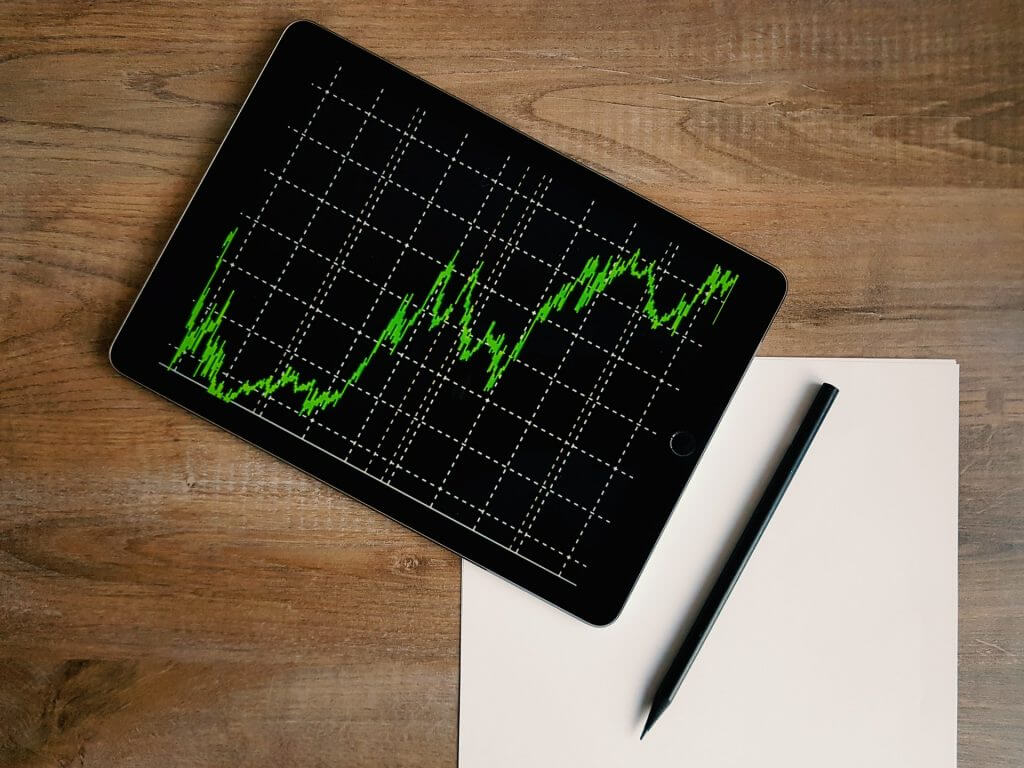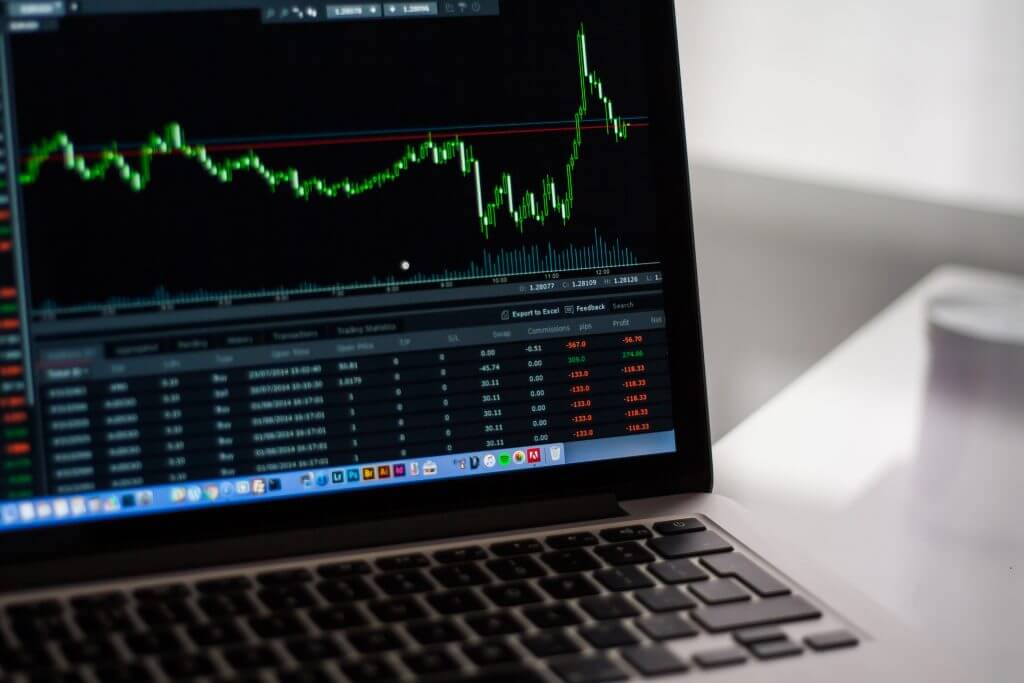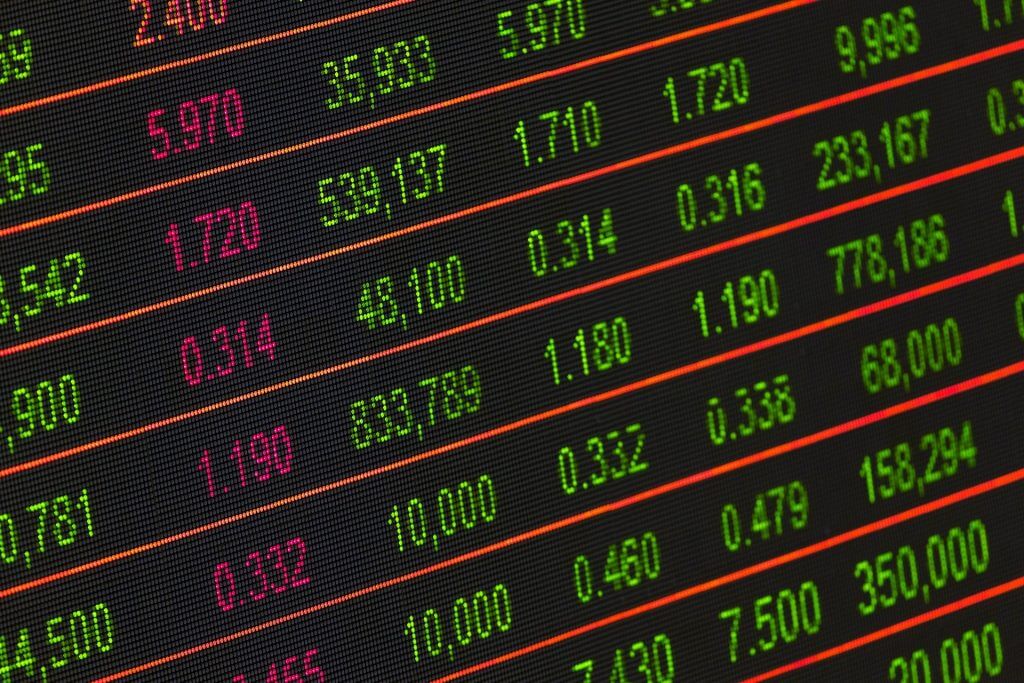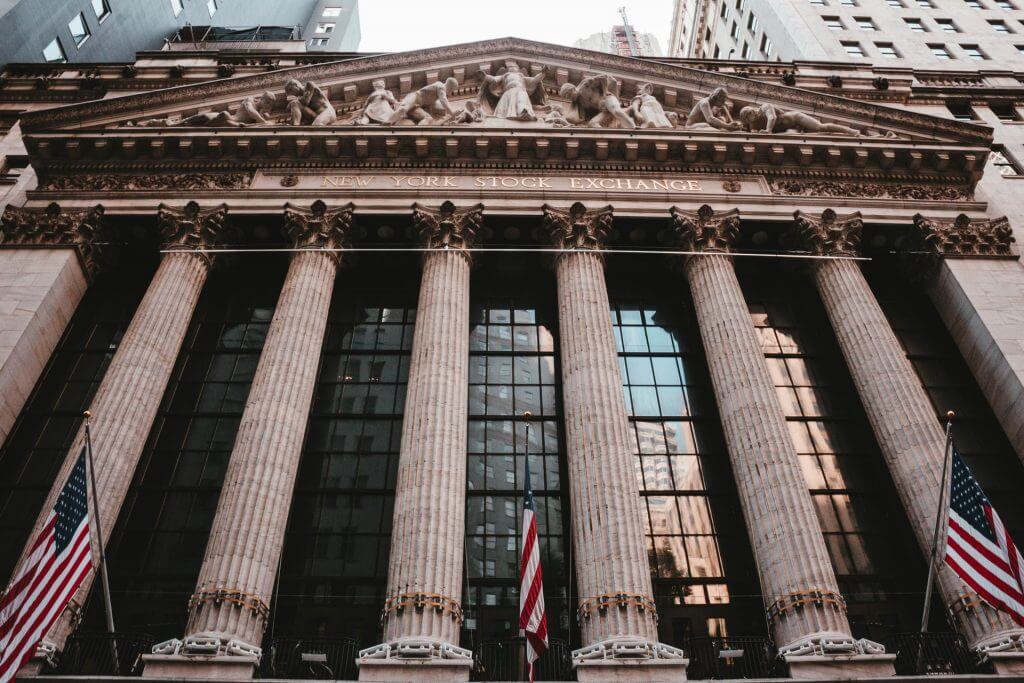“The high demand for the asset is generated by the public memory of high past returns, and the optimism those high returns generate for the future. The feedback can amplify positive forces affecting the market…” -Robert Shiller
The headlines of the stories detailing the stock market’s return in the month of August are the material of which investor’s fondest summer dreams are made. “Best Five Month Stretch in 82 Years”. “Stocks Close Higher in Another Historic Performance.” “S&P Extends Their Winning Streak With Another New All-Time High.” Indeed, August’s 7% return increasingly makes this year’s market low of -30.75% on March 23rd seems increasingly like an episode in a season of some other year.
At the end of June, the market was still off 4% but with July’s 5.6% return and August’s contribution the S&P is now up 9.7% for the year. For investor’s with a 60% equity and 40% fixed income and cash allocation the first quarter offered a 15 ½ % loss succeeded by the second quarter’s 16% gain. The first two months of the third quarter have provided a 7% positive return quarter to date so most investors have entered “the green zone” in August for the first time in 2020 since late February.
Investors understandably tend to focus upon the “headline numbers” as a source of much of their understanding of the stock market. The Dow Jones Industrial Average and the S&P 500 are the numbers most of us hear or read about and use to gauge the nature of “the stock market weather”. Since the Global Financial Crisis of 2008-2009 though, investors have been living through markets in which the “rising tides” of those markets have lifted a good many of the vessels (stocks) traveling upon it a great deal less than others.
In focusing upon the market at large we sometimes forget that it is company’s earnings that are the ultimate driver of individual stock returns and that those earnings are very much determined by the dynamics of the industry in which that company operates. Block Buster would have got you “busted” and Amazon gets you, well, just about everything, including extraordinary stock market returns. The companies composing the US market are divided into eleven separate industry groups and the variance in the rates of return of the company’s inhabiting those separate industries year to date have been truly extraordinary with five of the eleven still posting negative returns through August (ranging from Energy – 39% to Industrials – 3.2%) and six positive (ranging from Materials +4% to Technology +36%).
The influence of each of the eleven industry groups upon an index such as the S&P 500 varies dramatically based upon the market values of the company’s inhabiting those groups with the smallest, Energy, representing 2.33% of the index and the largest, Technology, 28.76%. Thus, an equal per-centage change in the performance of Technology stocks will have a 12 1/3 greater impact upon the return of the index than would Energy.
The weightings of the industry groups also change significantly over time due to the evolution of our national economy and the market’s degree of affection for a specific market sector. For instance, Technology’s and Energy’s weighting in the S&P in 1995 were 9.39% and 9.14% respectively. That year investors would have been wise to have sold their Energy stocks and reinvested the proceeds into Technology stocks as by 1999 those respective weightings had changed to 29.2% and 5.5%. Investors though, with perfect foresight, would have also been wise to have reversed that particular trade as by 2008 Technology’s weighting declined by almost 50% to 15.4% and Energy’s share increased by almost 40% to 13.1%. When it comes to the market the only constant is change!

This year’s market though has taken the ebb and flow of the fortunes of the various market sectors and elevated them to a level rarely, if ever, experienced. Technology stocks are positive 36% year to date and represent just over one-quarter of the market. The market (the S&P 500) is positive 9.74% so in the absence of the contribution of Technology there is very little return at all being contributed by the remaining three-quarter’s of the market!
Apple’s weighting in the Technology sector is 17.7% and the stocks return year to date through end of August is a sizzling 76.6% contributing 13.5% or almost 40% of the 36% return of the Technology sector. Truly for 2020 to date Apple is “the apple” of your I shares or Vanguard or other Exchange Traded Funds (ETF’s) that many investors are using as the source of their stock market exposure.
Mark H. Tekamp
September 5, 2020





















